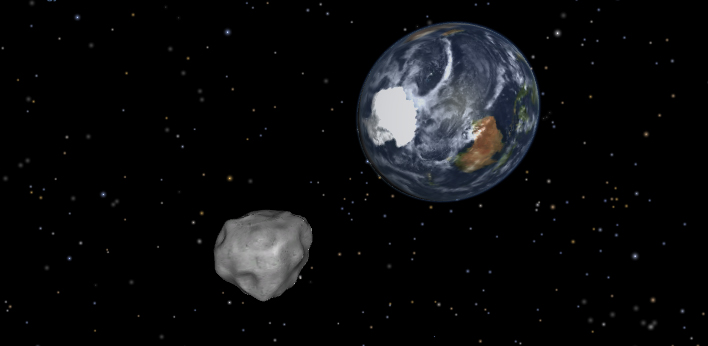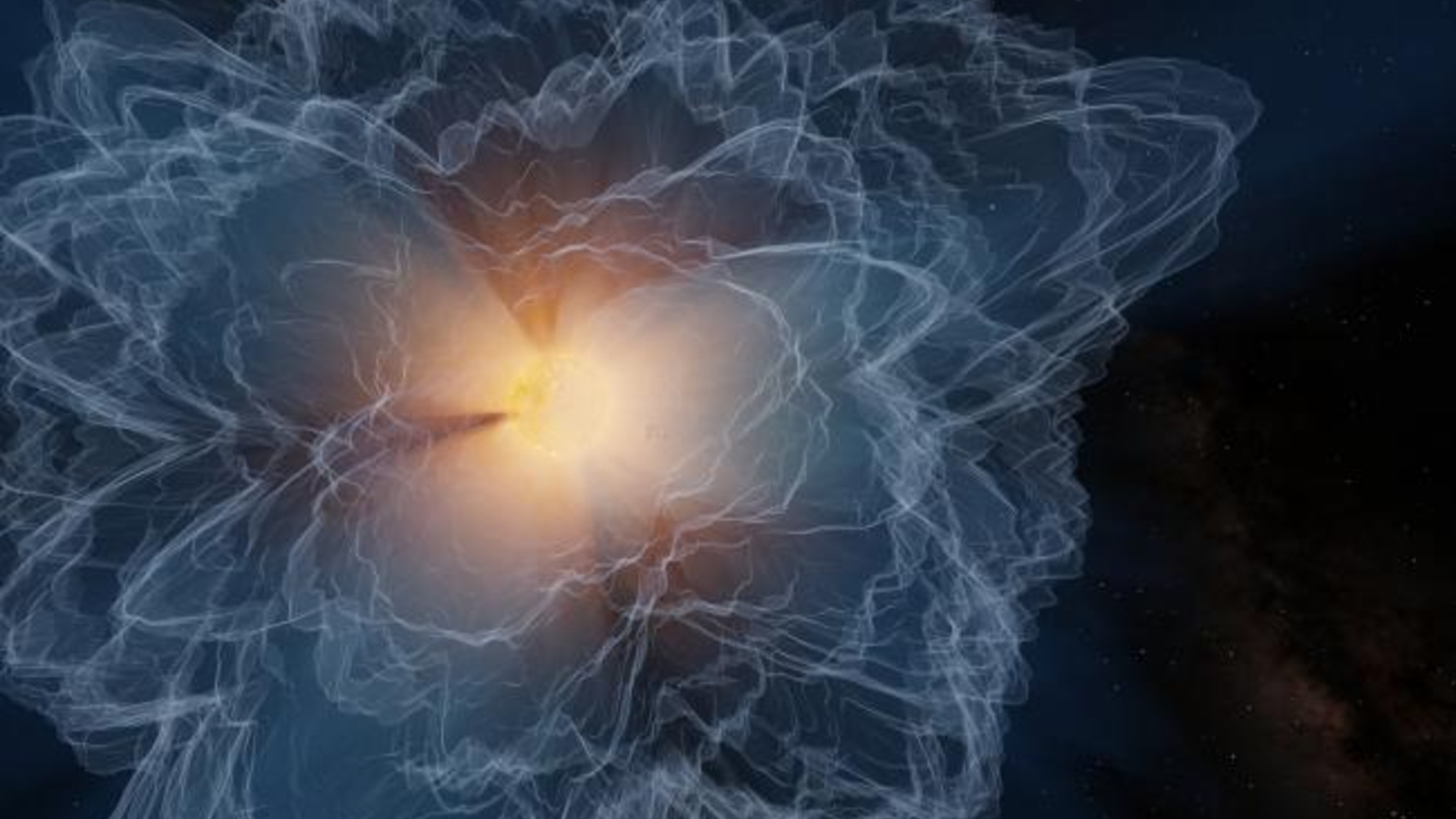What Would Happen if Asteroid 2012 DA14 Hit Earth?

There is absolutely no chance that asteroid 2012 DA14 will hit Earth when it makes its closest approach on Friday (Feb. 15), but many other asteroids like it have made a crash landing on the planet in the past.
Although the 150-foot (45 meters) space rock is nowhere near as large as the asteroid thought thought to have killed off the dinosaurs — that behemoth was likely about 6 miles (10 kilometers) wide — it could still cause some serious damage, experts say.
"The asteroid is about 150 feet in diameter and has a mass estimated at about 143,000 tons," NASA astronomer Don Yeomans wrote in a Feb. 9 opinion piece for The New York Times. "Should an object of that size hit Earth, it would cause a blast with the energy equivalent of about 2.4 million tons — or 2.4 megatons — of TNT explosives, more than 180 times the power of the atomic blast that leveled Hiroshima."
Yeomans and his colleagues at NASA have said that an asteroid of similar size to 2012 DA14 probably caused the so-called "Tunguska Event" over Siberia's Tunguska River in 1908.
In that case, a 100-foot-wide (30 meters) asteroid exploded after it entered Earth's atmosphere, leveling 825 square miles (2,137 square km) of trees in the region. If asteroid 2012 DA14 were to strike the planet, it would probably behave in much the same way as the Tunguska object, NASA scientists have said.
The asteroid's impact wouldn't cause a worldwide catastrophe, Yeomans said, but it would be a regional disaster.
Tunguska-like airbursts occur when an asteroid falls through Earth's atmosphere, superheating the rock and causing it to explode. The violent detonation creates intense blasts of hot wind and gas that destroys any organic material on the ground.
Breaking space news, the latest updates on rocket launches, skywatching events and more!
These kinds of impacts aren't too uncommon. In late 2009, an asteroid released the equivalent of 110,000 pounds of TNT over Indonesia when it exploded over the island nation. That space rock was estimated to be 16 to 33 feet (5 to 10 m) in diameter, according to a NASA report.
While Earth will continue to be pummeled by asteroids for the duration of its existence, we're unlikely to see a civilization-threatening impact anytime soon. NASA researchers have mapped out the paths for 90 percent of the Earth-destroying near-Earth objects, and so far they've found none on a collision course in the foreseeable future.
You can follow SPACE.com's complete coverage of asteroid 2012 DA14 flyby here.
Follow Miriam Kramer on Twitter @mirikramer or SPACE.com @Spacedotcom. We're also on Facebook & Google+.

Miriam Kramer joined Space.com as a Staff Writer in December 2012. Since then, she has floated in weightlessness on a zero-gravity flight, felt the pull of 4-Gs in a trainer aircraft and watched rockets soar into space from Florida and Virginia. She also served as Space.com's lead space entertainment reporter, and enjoys all aspects of space news, astronomy and commercial spaceflight. Miriam has also presented space stories during live interviews with Fox News and other TV and radio outlets. She originally hails from Knoxville, Tennessee where she and her family would take trips to dark spots on the outskirts of town to watch meteor showers every year. She loves to travel and one day hopes to see the northern lights in person. Miriam is currently a space reporter with Axios, writing the Axios Space newsletter. You can follow Miriam on Twitter.

